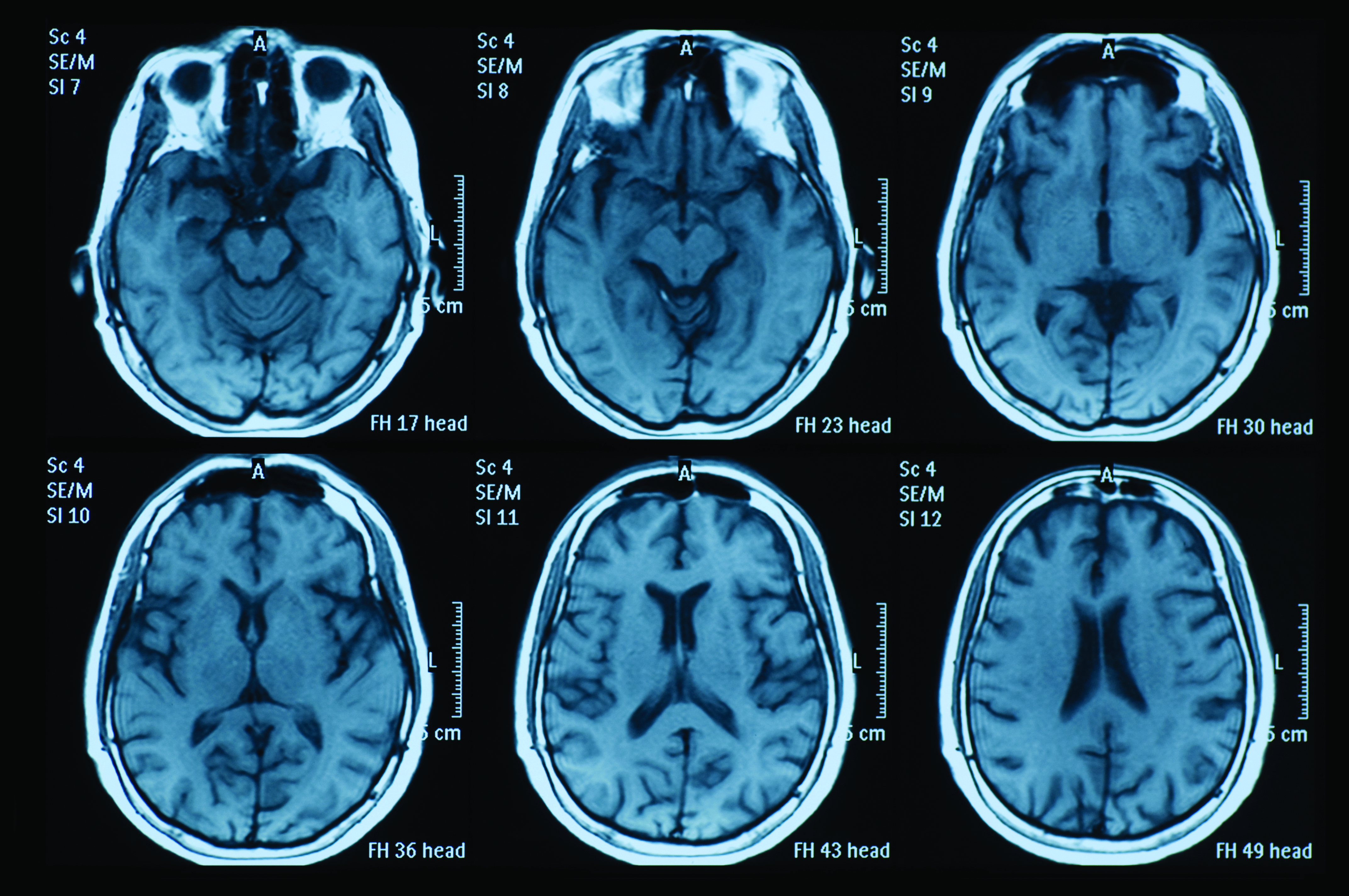Study Reveals Potential Neural Marker for Social Impairment in Psychotic Disorders
• Research Highlight
People with schizophrenia and other disorders with psychosis symptoms often have difficulty forming and maintaining social connections. Most research on social difficulties that are a core feature of psychotic disorders has focused on brain areas involved in social processing. The role of brain areas involved in social motivation remains largely uncharted territory.
New research funded by the National Institute of Mental Health (NIMH) found a link between a low level of social motivation in people with psychotic disorders and activity in specific brain regions, identifying a potential neural marker that could help develop diagnostics or treatments for these disorders.
How did researchers examine social motivation in people with psychotic disorders?
This study was in line with the principles of the NIMH Research Domain Criteria (RDoC) initiative. Researchers led by Amy Jimenez, Ph.D., at the University of California, Los Angeles, and William Horan, Ph.D., at the University of California, Los Angeles, and Karuna Therapeutics, aimed to uncover the underlying mechanisms that might explain why many people with psychotic disorders lack motivation to socialize. They examined an aspect of social motivation known as social anhedonia, which is a lack of interest in social connections and reduced pleasure from social situations.
Participants included 71 adults diagnosed with a psychotic disorder, such as schizophrenia or depression with psychotic features; 27 of their adult siblings without psychotic symptoms; and 37 unrelated adults without psychotic symptoms.
At the start of the study, all participants completed a self-report measure of social anhedonia. They then performed a team-based task while undergoing an fMRI brain scan. The task was designed to closely model social group dynamics in which a correct response meant the participant won a point for their team, while an incorrect response led to their team losing a point. Feedback indicating if their team won or lost each task trial was given in the form of a happy or angry face delivered by a teammate or an opponent.

The researchers measured brain activity while participants received the feedback in five brain regions that support the social motivation system:
- Ventral striatum
- Orbital frontal cortex
- Insula
- Dorsal anterior cingulate cortex
- Amygdala
The researchers examined whether each brain region responded to the type of feedback (win or loss) and the person who delivered the feedback (teammate or opponent), whether there was an association between brain activity and social anhedonia, and whether that association differed by group.
What do the results reveal about social motivation in people with psychotic disorders?
All participants displayed heightened activity in the ventral striatum, orbital frontal cortex, and amygdala during wins compared to losses, regardless of whether the feedback came from a teammate or an opponent. This finding indicates that people with psychosis, as a group, responded as expected when receiving a reward within a social context.
As expected, people with psychotic disorders reported significantly higher levels of social anhedonia compared to siblings and controls without psychosis. Moreover, among those with psychotic disorders, but not their siblings or controls, social disinterest correlated with brain activity. Specifically, for people with psychotic disorders, lower activity in the ventral striatum and the orbital frontal cortex was associated with greater social anhedonia. This finding suggests that reduced activity in specific brain regions during social interactions may contribute to some of the social challenges common among people with psychotic disorders.
This study brings attention to a less explored aspect of how people with schizophrenia and similar disorders experience social interactions. It identifies specific parts of the brain that could play a key role in social challenges that are a core feature of psychotic disorders. While more research is needed, if replicated, these findings could eventually lead to the improved diagnosis and treatment for people with these conditions.
Reference
Jimenez, A. M., Clayson, P. E., Hasratian, A. S., Lee, J., Reavis, E. A., Wynn, J. K., Green, M. F., & Horan, W. P. (2023). Neuroimaging of social motivation during winning and losing: Associations with social anhedonia across the psychosis spectrum. Neuropsychologia, 188, Article 108621. https://doi.org/10.1016/j.neuropsychologia.2023.108621
